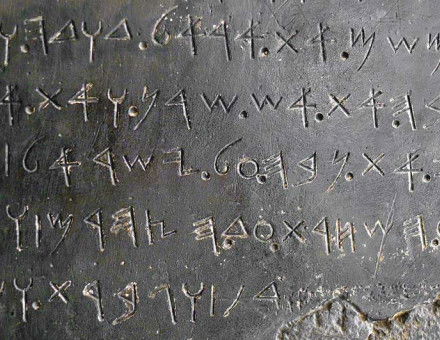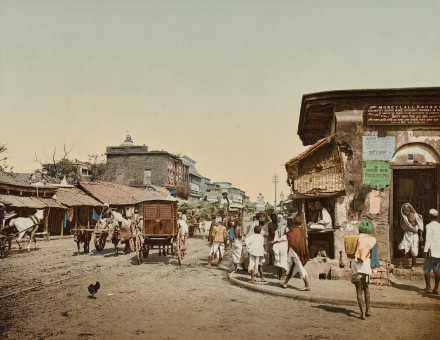Francis the First of France: Le Roi Chevalier
J.H.M. Salmon introduces a Machiavellian despot, as well as the gallant leader of a gay and brilliant court. Francis had the good fortune to embody the aspirations of France in his own ambition.
“Maganime, débonnaire, libéral, de grand esprit, de jugement sain et net, de mémoire très heureuse: amateur des bonnes lettres et des hommes de mérite.”
This was the reputation acquired by Francis the First in his own time and reverently preserved by subsequent generations. His mother, Louise of Savoy, laid its foundation even before it was certain that he would inherit the throne of his second cousin, Louis XII. In 1504 she had a medallion engraved in honour of the ten-year-old Duke of Valois, bearing his image on the face, and on the reverse a fiery salamander with the words: “Notrisco al buono; stingo el reo.”2 In retrospect the device has seemed appropriate to le roi chevalier, and the emblem a fitting one for the King who survived the crises and disasters of his reign as miraculously as the salamander writhed unscathed amid the surrounding flames.





